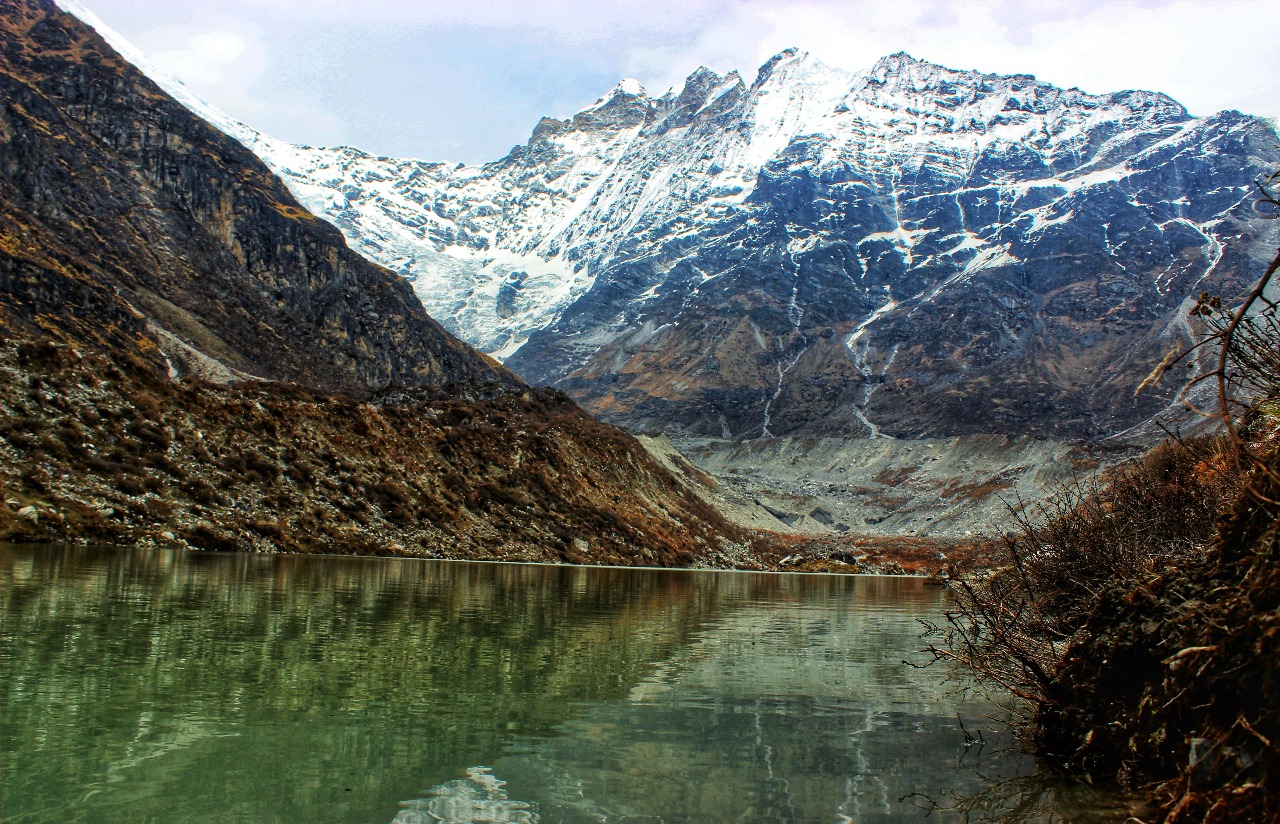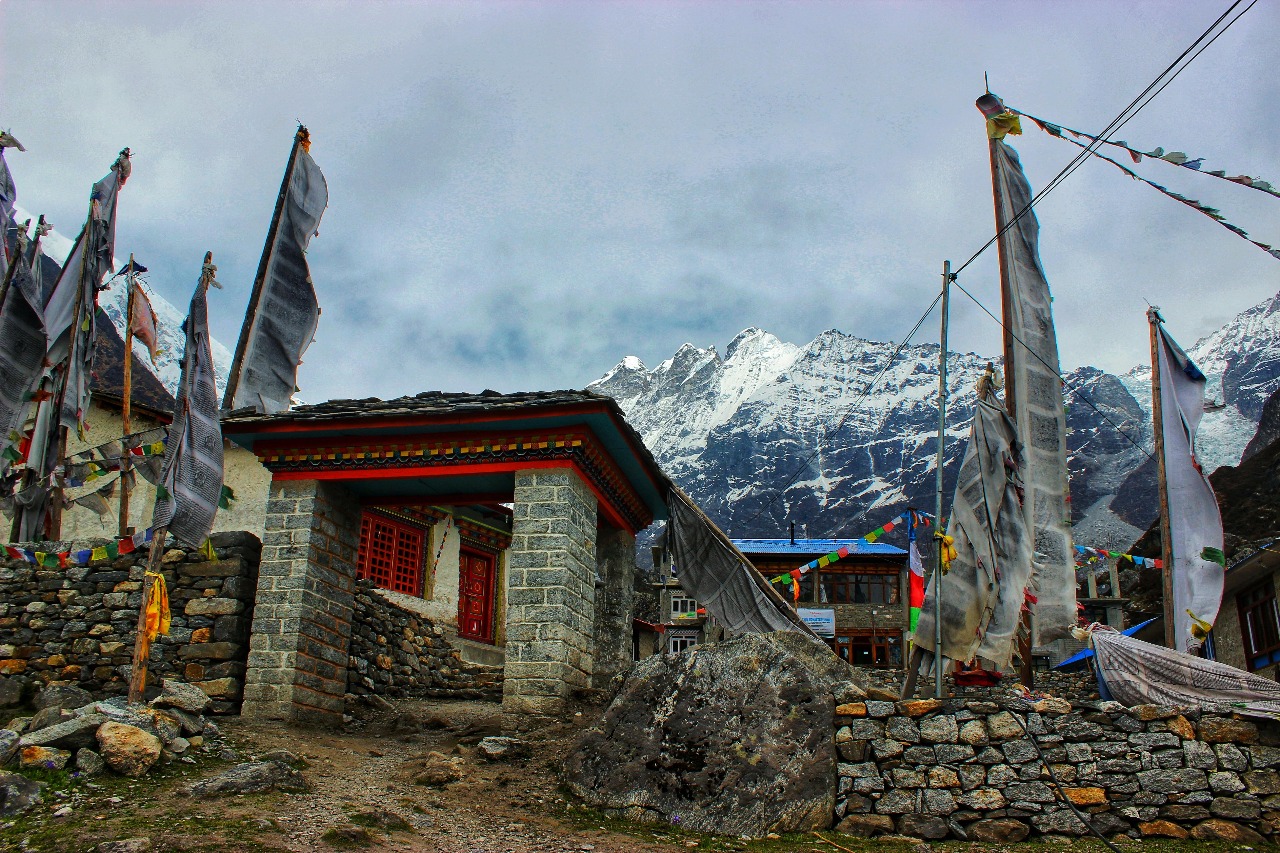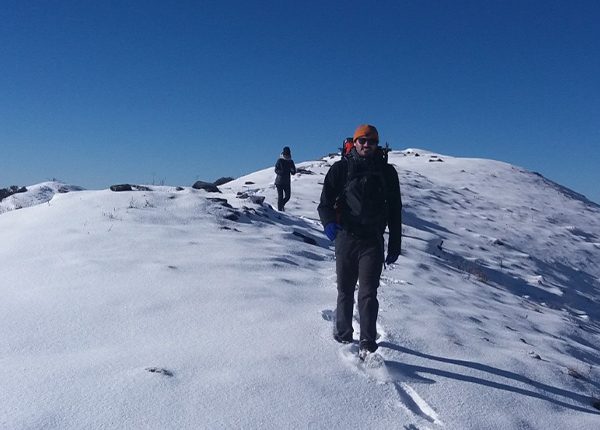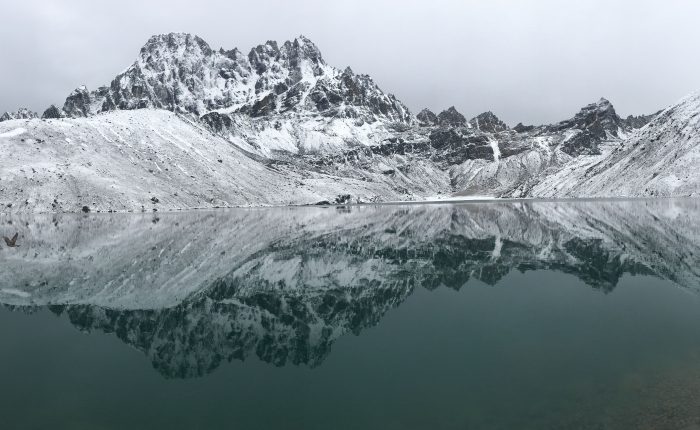The Langtang Gosainkunda hike is a scenic Nepal trekking route that offers views of lush mid-hills, Himalayan glaciers, and the sacred Gosainkunda Lake. Located near the Nepal-Tibet border, this Langtang trek is perfect for adventure seekers and pilgrims alike. Just north of Kathmandu, it blends natural beauty with cultural and spiritual significance in every step.
+977 9851191802
info@everestdestinytreks.com
Google Review




